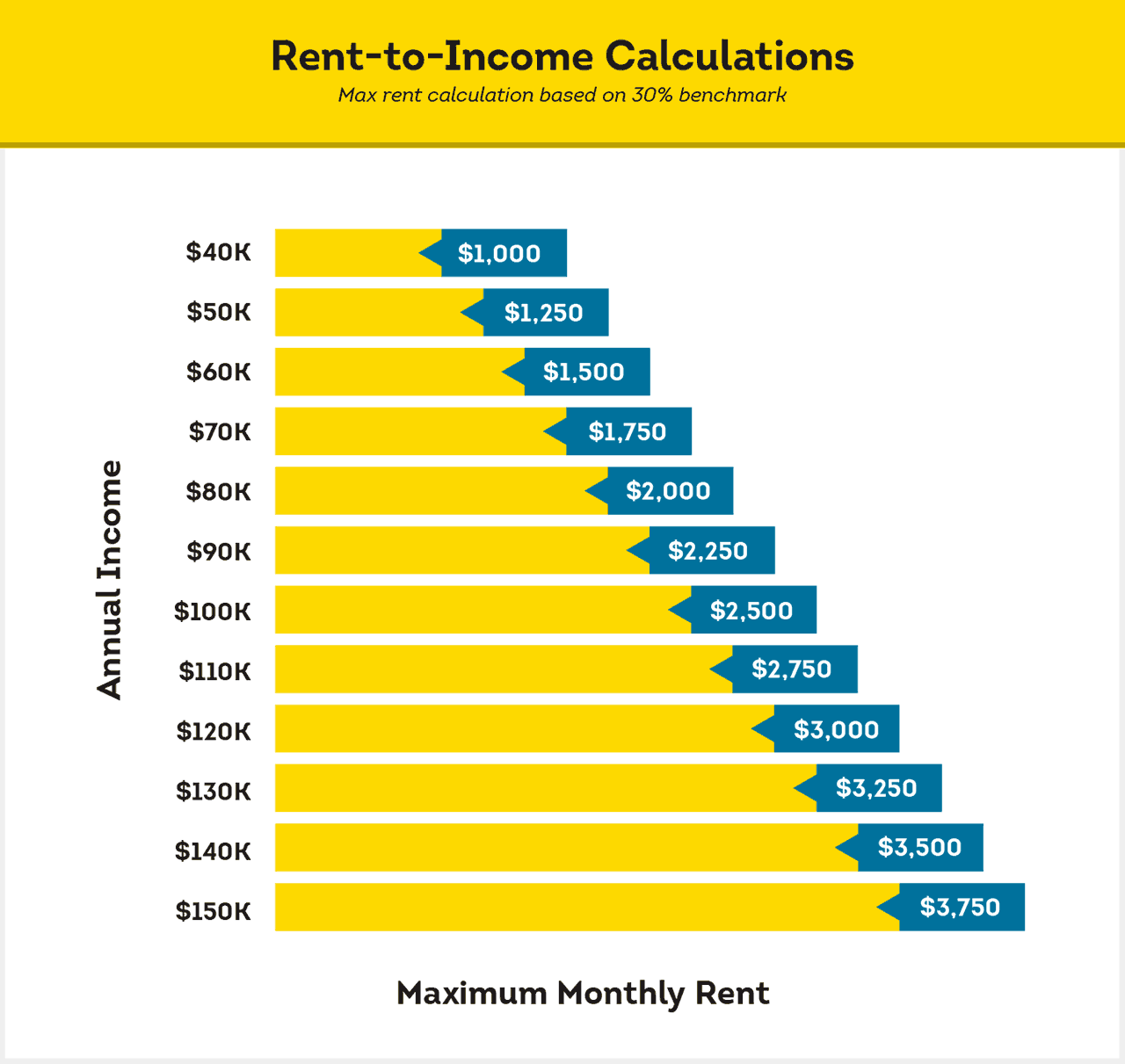Disclosure: This content, except as otherwise indicated or stated on this site, is the property of TransUnion Rental Screening Solutions, Inc. This content is for educational purposes and for convenience only. Trademarks used are the property of their respective owners, and no endorsement or affiliation is implied. The information presented in this content is “as is” without warranties of any kind, and specifically is not represented to be complete and does not constitute legal advice, and is subject to change without notice. You are encouraged to check these terms from time to time for changes, and by accessing this site you agree to these terms and all terms listed. Laws and regulations may vary by state and locality. Consult your own counsel if you have legal questions related to your rental property practices and processes.
The number one concern among independent landlords in the United States is non-payment of rent, according to TransUnion SmartMove data. Given that evictions can cost a landlord $3,500 on average, it pays to ensure applicants will be able to cover the cost of rent each month.
In previous posts, we have discussed the importance of the tenant employment verification process to determine if a prospective tenant will be able to afford the rent. TransUnion SmartMove has also introduced a new tool called Income Insights that dives into an applicant’s credit profile to determine if further income verification is needed.
However, another measure to determine an applicant’s ability to pay rent is based on some simple math. A rent-to-income ratio calculator can help weed out unqualified applicants before a landlord goes through a comprehensive screening and employment verification process.
Rent-to-income ratio explained
A Rent-to-Income Ratio determines the monthly or annual gross income a tenant must earn to be able to afford rent each month. Don’t worry: A landlord doesn’t need a PhD in mathematics to do the calculations.
There are two ways to solve the ratio equation.
1. Calculate gross income against a predetermined percentage to determine the maximum amount a renter can afford to pay in rent each month. The industry standard is 30 percent. In other words, no more than 30 percent of a renter’s annual income should go toward housing costs. The math would look like this:
(Gross Annual Income ÷ 12) X .3 = Maximum monthly rental income
For example, an applicant who makes $60,000 could, under this standard, spend up to $1,500 per month on rent. The math:
($60,000 ÷ 12) X .3 = $1,500
2. Go with a ratio multiplier. In this case, the standard multiplier is 3. That means that the applicant should make at least three times his or her gross monthly income to cover rental expenses. The math would look like this:
Monthly Rent X 3 = Minimum monthly rental income
For example, if the rent on an apartment costs $1,500 per month, then the applicant must gross a minimum of $4,500 per month in income. The math:
$1,500 X 3 = $4,500
While these ratios are considered to be industry standard, they may not work in all markets. In reality, nearly half of renters spend more than the 30 percent standard, according to the Joint Center for Housing Studies of Harvard University. In addition, about 11 million renter households were severely cost burdened as recently as 2015, meaning residents paid more than half of their gross income for housing.
If you don’t have a calculator handy, use our chart below to look up the maximum rent your tenants likely can afford based on their gross income. We based these calculations on gross income against the industry standard of 30 percent.

Benefits and shortfalls of a rent-to-income ratio calculation
The most obvious benefit of using a rent-to-income ratio calculation is that it offers both the landlord and tenant a simple formula to gauge the financial feasibility of engaging in a lease agreement.
If a tenant does not have income to afford the rent, then there is little reason for the landlord to begin the screening process or other work related to an application. An applicant who understands what rentals are realistically available based on his or her income can focus on more appropriate properties without wasting his or her time.
On the other hand, gross income can only tell part of the story. Some of the obvious shortfalls in only relying on a rent-to-income ratio to qualify prospects include:
- A prospective tenant may have other financial burdens, such as child support or student loans that need to be taken into account.
- A prospective tenant may have other sources of income that are not reflected in their W2 income tally.
In either case mentioned above, a landlord may seek out additional financial information from applicants, such as a tenant credit report, to get a better picture of the applicant’s financial situation.
Calculating the bigger financial picture
It’s important to understand the bigger financial picture when evaluating an application. Income verification is an important first step. This goes beyond simply verifying employment or running a credit report, which can raise some red flags, such as an applicant who has had a series of sudden late payments.
A new, powerful tool from TransUnion SmartMove, Income Insights, is now available to help landlords be more confident when verifying an applicant’s income. Income Insights uses a statistical model to analyze an applicant’s spending and payment behavior from their credit report to estimate the applicant’s income. In other words, it analyzes financial transactions such as credit card expenditures and payments, among other factors, to deliver an estimate of the applicant’s income. The report provides the landlord with a recommendation of whether or not to request additional proof of income from an applicant.
In the latter case, landlords can also request to see an applicant’s dated paystubs from the most recent three months. An additional step is to request a W2 tax form, which will show an applicant’s income from the previous tax year. For self-employed applicants, landlords can ask the applicant to use form 4506-T from the IRS to request a tax return, which provides a free transcript of a tenant’s tax return and usually takes one business day to process.
There are exceptions to every rule

The 30 percent standard is a good guideline, but not every otherwise-qualified tenant is going to meet that minimum. Some landlords may be willing to accept tenants who would be cost-burdened by the price of the rent.
In that case, there are a few ways landlords can help protect themselves:
- Set up recurring auto-payments with a tenant. Automatic rent payments are designed to deduct the rent amount from the tenant’s account on a specific day each month. An auto-pay service offers the convenience of direct deposit, and also provides more assurance of getting paid on-time each month if payments are set up to recur.
- Request a larger deposit or fee upfront. A larger security deposit offers greater security because it can cover the landlord’s losses in case of damages or missed rent.
- Request a co-signer on the lease. The co-signer agrees to take on the financial responsibilities of the rent in case the primary leaseholder cannot. The landlord should vet the co-signer as thoroughly as the tenant, including a comprehensive screening through TransUnion SmartMove that includes Income Insights.
Conclusion
While there are several benefits of the rent-to-ratio calculator, it’s always important to screen tenants thoroughly. TransUnion’s premiere tenant screening services pull together credit, criminal and eviction data in minutes, without the need for applicant participation. The premium service also includes Income Insights which analyzes the applicant’s self-reported income and compares it to their credit behavior to determine whether additional income verification is recommended.
Exclusive to SmartMove, landlords will receive a ResidentScore, which is designed specifically for the rental industry. ResidentScore is tailored to the unique needs of landlords, predicting evictions 15% more often than a typical credit score.
With a credit–based ResidentScore, full credit, criminal, eviction, and Income Insights report, landlords will be able to make a more confident decision in a matter of minutes.
Know your applicant.
Additional Disclosure:
The information posted to this blog was accurate at the time it was initially published. We do not continue to guarantee the accuracy or completeness of the information provided. The information contained in the TransUnion Rental Screening Services, Inc. blog is provided for educational purposes only and does not constitute legal or financial advice. You should consult your own attorney or financial adviser regarding your particular situation. For complete details of any product mentioned, visit www.transunion.com. This site is governed by the TransUnion Rental Screening Privacy Policy Privacy Notice located at TransUnion Rental Screening Solutions, Inc. Privacy Notice | TransUnion.



